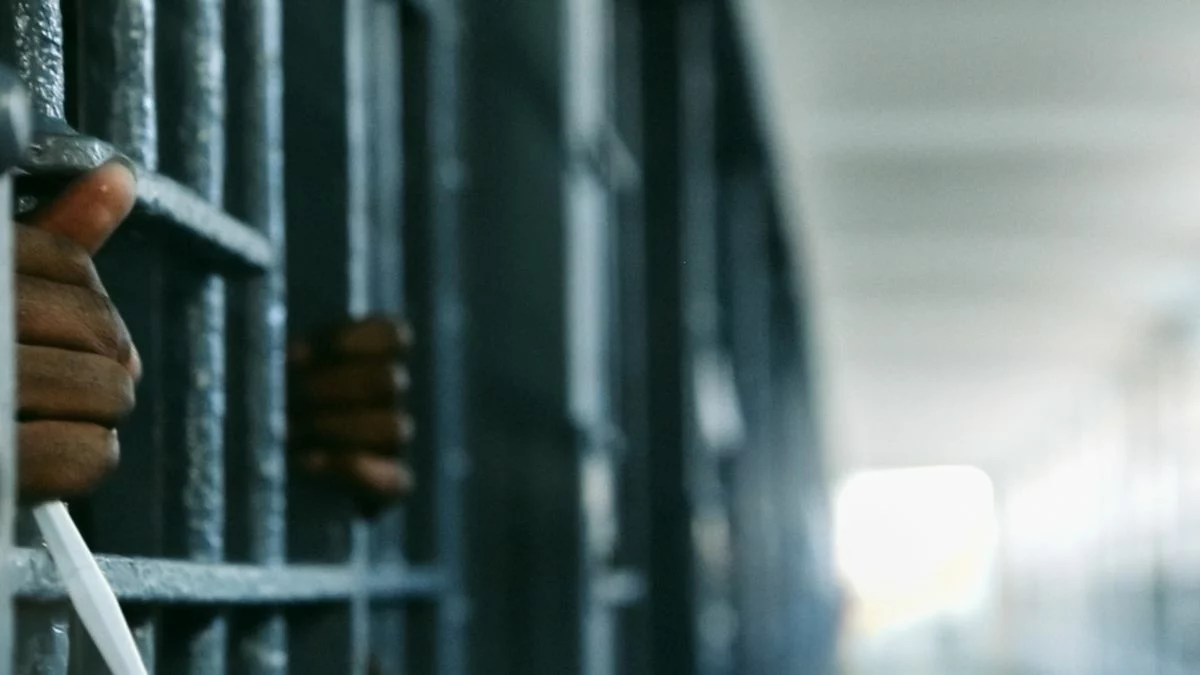Paying more for child care than your mortgage? You're not alone.
Excerpts
...
The rapid rise of child care costs is swallowing larger portions of families’ income. On average, a married couple earning the median annual income in their state is draining about 10 percent of their earnings on child care. A single parent spends 35 percent of their income on child care.
In some states, it’s a lot worse. For a married couple with an infant in center-based care, the most expensive states by share of median income are Hawaii (17.9 percent), California (16.3 percent), Maryland (15.8 percent), Oregon (15.5 percent) and Nebraska (15.1 percent). In those states, single parents earning the median income are paying about half their earnings on child care.
That means child care costs are rivaling home costs as the top line item in most family budgets. In 45 states and Washington, D.C., child care for two kids costs more than a mortgage. In 49 states and D.C., child care for two surpasses what families pay in rent.
For years, the list of states where parents are likely to pay more for an infant’s care than higher education has been growing. According to Child Care Aware, the cost of center-based infant care exceeds the cost of in-state college tuition in 41 states now. The organization uses three methodologies to arrive at its average, looking at price, supply of child care providers and the number of child care spots, pooling data from 49 states and Washington, D.C., to arrive at its annual price analysis.
...
At the moment, the closest the Trump administration could come to a child care investment is an update to the Child and Dependent Care Tax Credit, a tax break for families on their child care expenses that could be in the final version of Trump’s “big, beautiful bill.” Currently, most families only get an average tax break of about $500 to $600 (the maximum parents can claim for one child is $1,050), which doesn’t do much to offset child care costs that easily run into the thousands. A bipartisan effort in the Senate to update the tax credit could get added into the package. (The House version that passed in May did not include it). The Senate’s Child Care Availability and Affordability Act would increase the maximum amount parents can get back in their taxes through the credit to $2,500 for one child and $4,000 for two or more.
...
Advocates worry child care has so far been a footnote in this administration. In April, a leaked version of Trump’s budget called for eliminating Head Start, the federally-funded program that provides early learning and other services to half a million very low-income preschoolers ages 3 to 5. After protests and demonstrations from child care providers and parents across the country, the proposal was ultimately withdrawn.
“It tells us a little bit of what it looks like when policy makers — in particular, members of Congress and members of the administration — hear about child care from the constituents, and what they heard was how much of a non-starter it is to eliminate these core early learning services in every district across the country,” said Hedgepeth of Child Care Aware.
Still, it will likely be a battle to keep the existing child care safety net — a battle increasingly at odds with the majority of American parents who are looking for relief on child care costs.
Because the reality is simple, Hedgepeth said: “This is not what people are looking for.”





